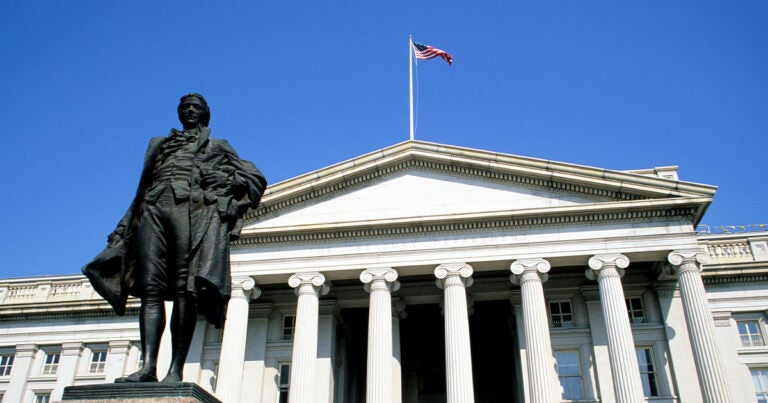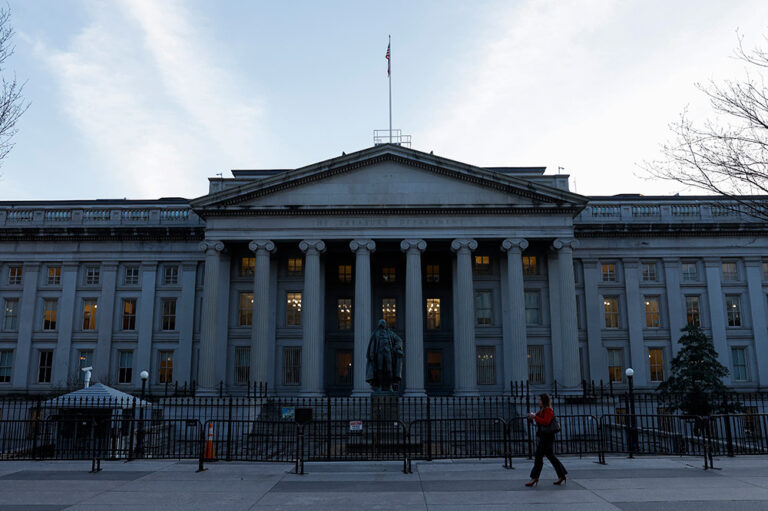America’s fiscal health and economic strength are closely linked. A strong fiscal foundation creates conditions that encourage economic growth: an environment with greater access to capital, increased public and private investments, enhanced business and consumer confidence, and a solid safety net. In turn, those factors improve the lives of Americans by supporting a vibrant economy with rising wages and greater opportunity, productivity, and mobility.
Unfortunately, America remains on an unsustainable fiscal path. Federal debt is already at its highest level since just after World War II and annual deficits are on an upward trajectory for the years to come. Every year, the federal government spends more than it takes in. That fundamental mismatch between spending and revenues adds trillions to our national debt, weakening our economy and adding a burden on future generations.
As debt rises, so do interest costs, which can squeeze out investments in our shared future, like education, infrastructure, and research and development as well as spending on other federal programs that protect the most vulnerable Americans. Increased federal borrowing also crowds out private investment, limits the ability of the government to respond to the unexpected, and diminishes our leading role in the world.
Below is a selection of key charts that outline the nation’s unsustainable fiscal trajectory.
Attribution Policy: If you would like to use any of these charts, please credit the "Peter G. Peterson Foundation" and provide the pgpf.org website URL and hyperlink. If you would like to include one of our charts in a commercial product, please email copyright@pgpf.org.
Further Reading
The Fed Reduced the Short-Term Rate Again, but Interest Costs Remain High
High interest rates on U.S. Treasury securities increase the federal government’s borrowing costs.
What Types of Securities Does the Treasury Issue?
Let’s take a closer look at a few key characteristics of Treasury borrowing that can affect its budgetary cost.
Quarterly Treasury Refunding Statement: Borrowing Up Year Over Year
Key highlights from the most recent Quarterly Refunding include an increase in anticipated borrowing of $158 billion compared to the same period in the previous year.


